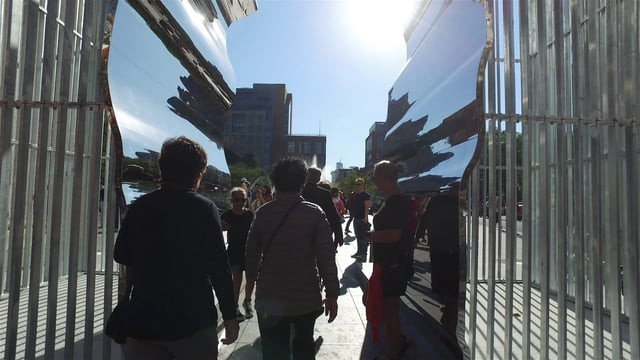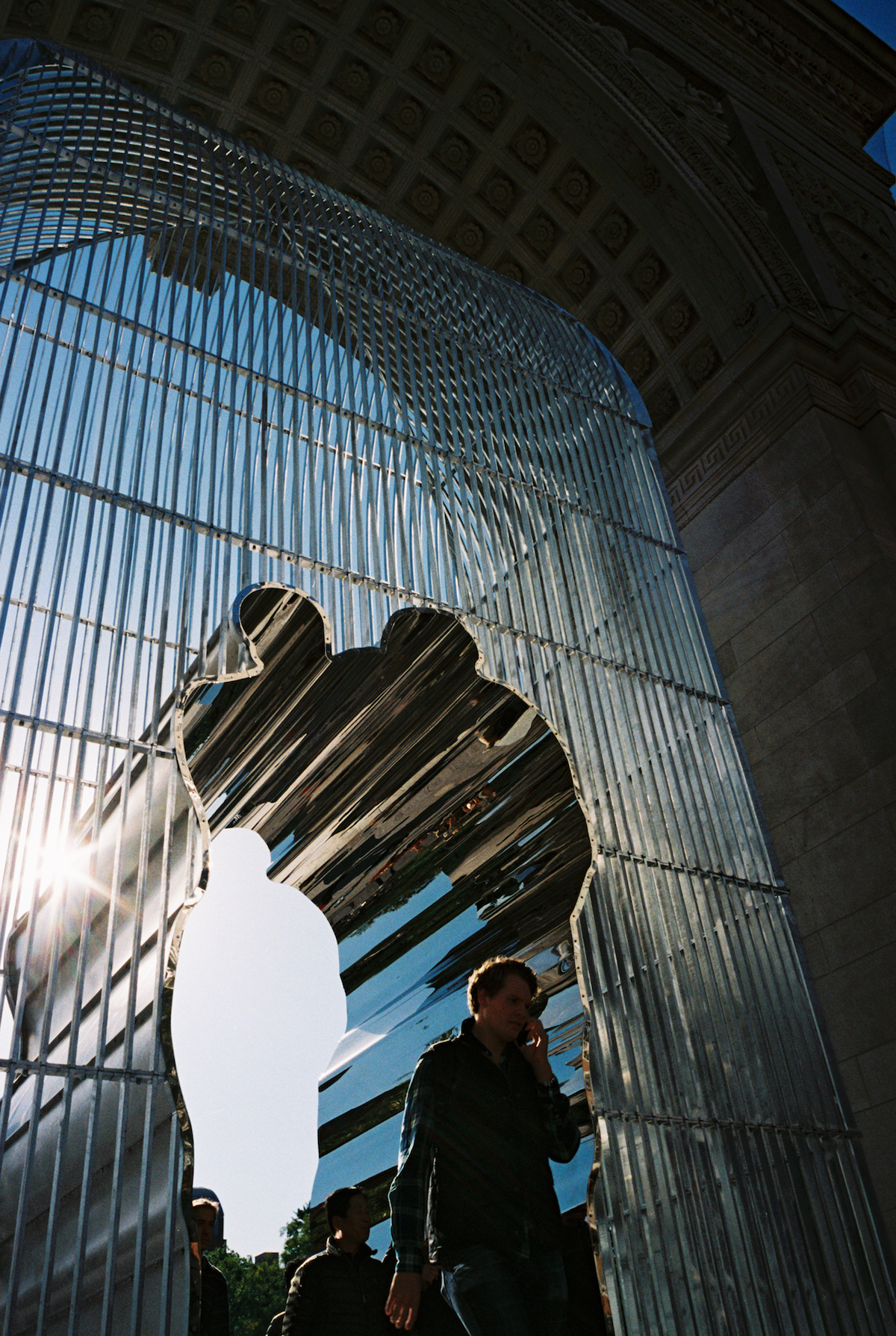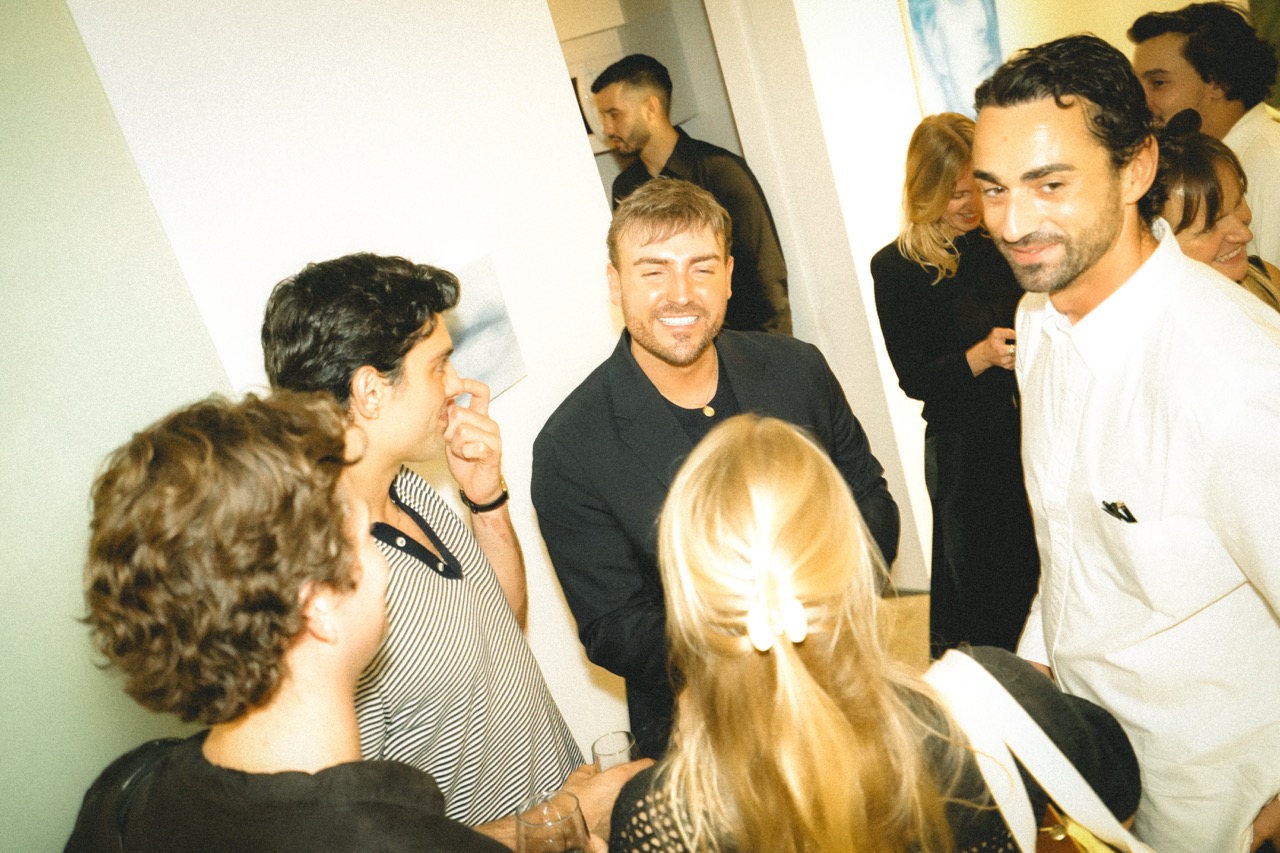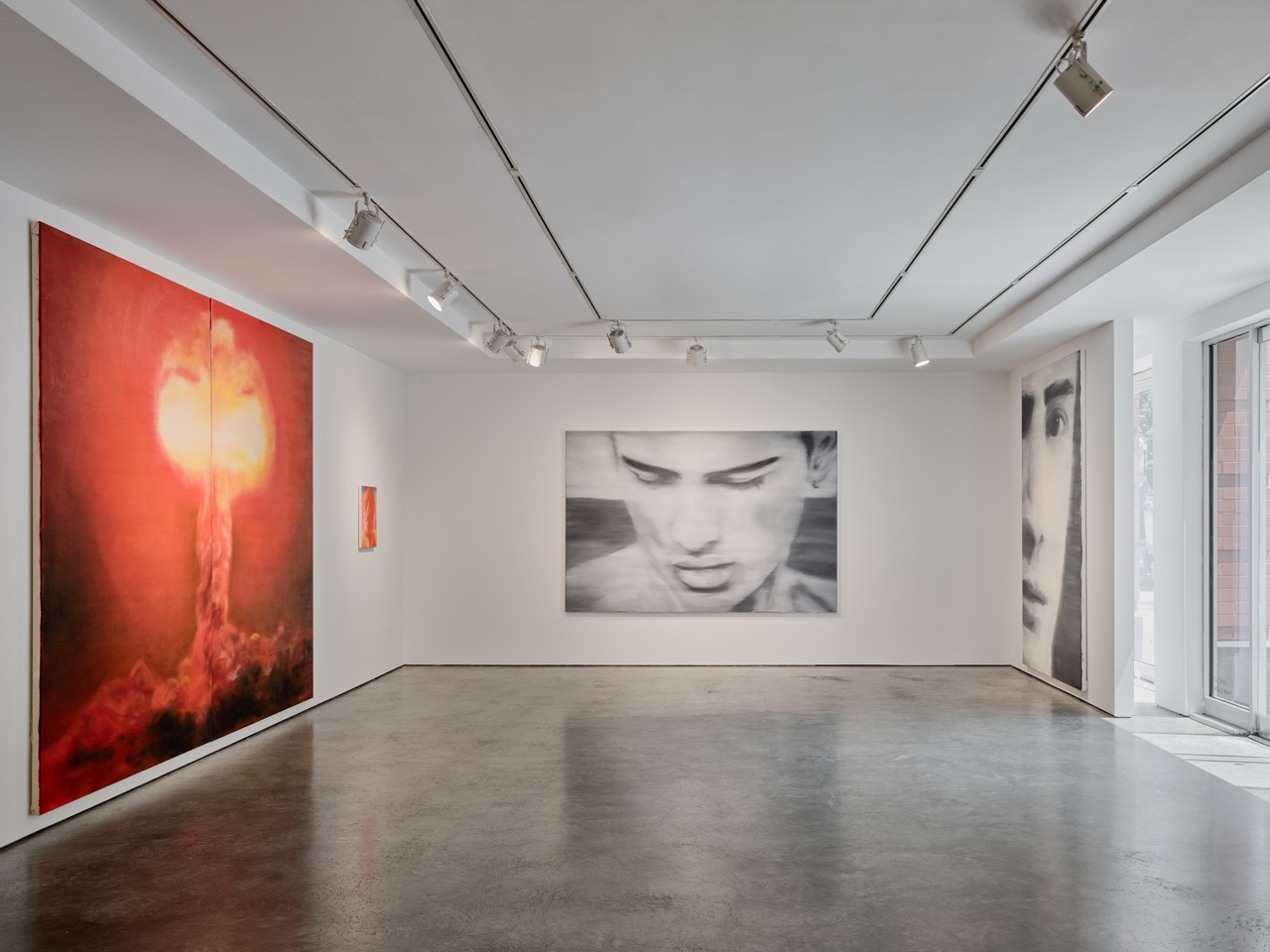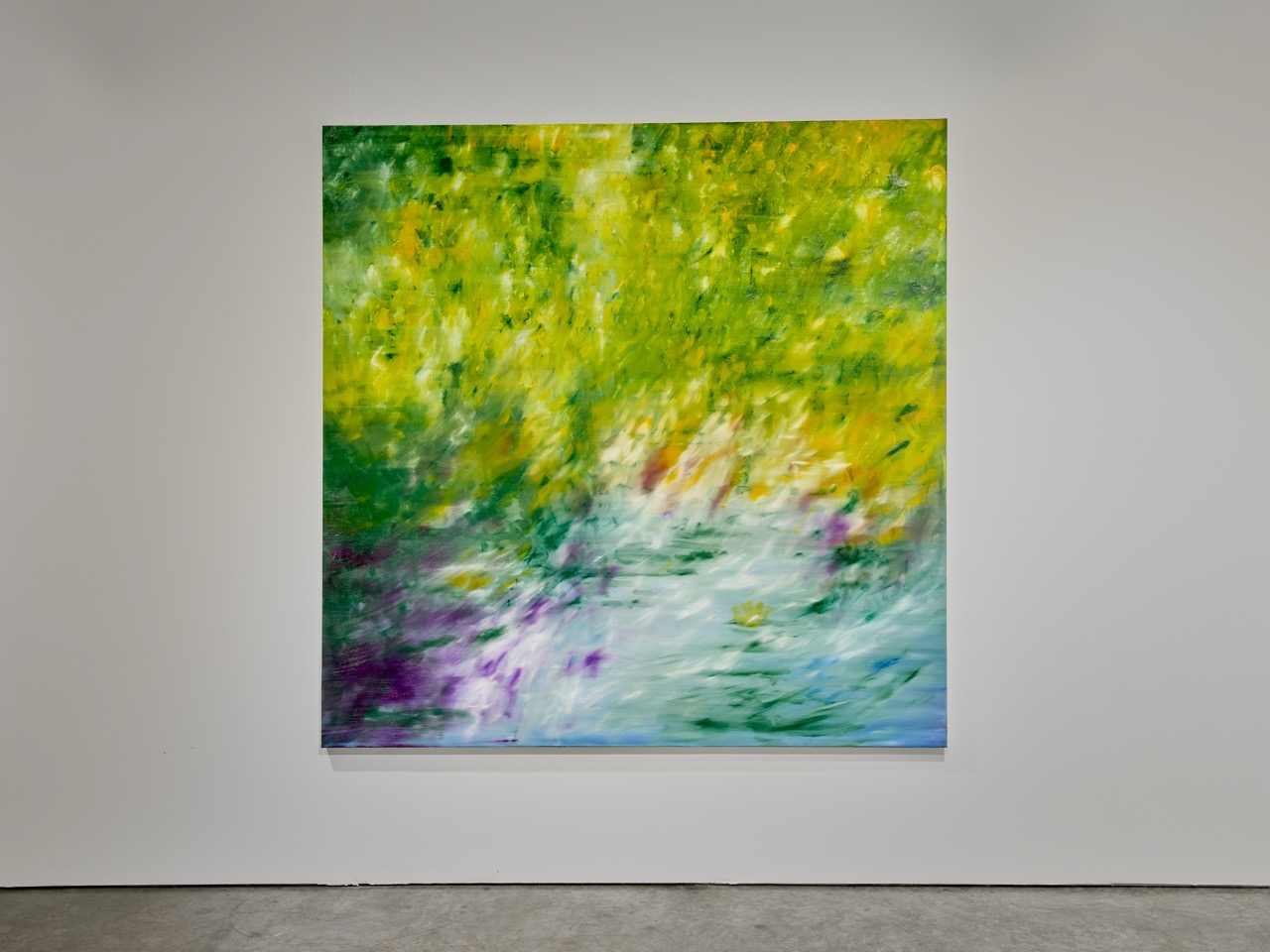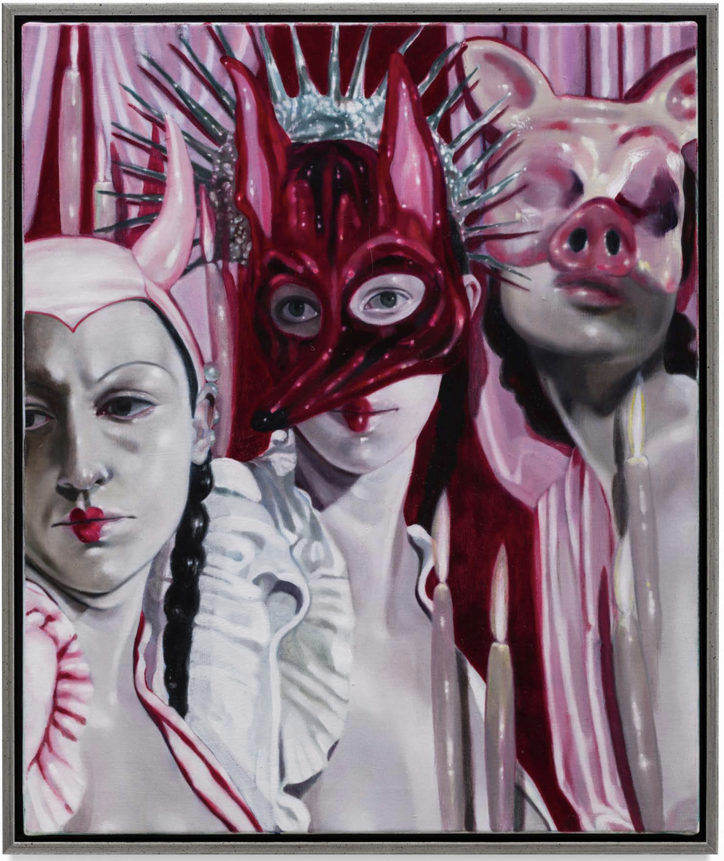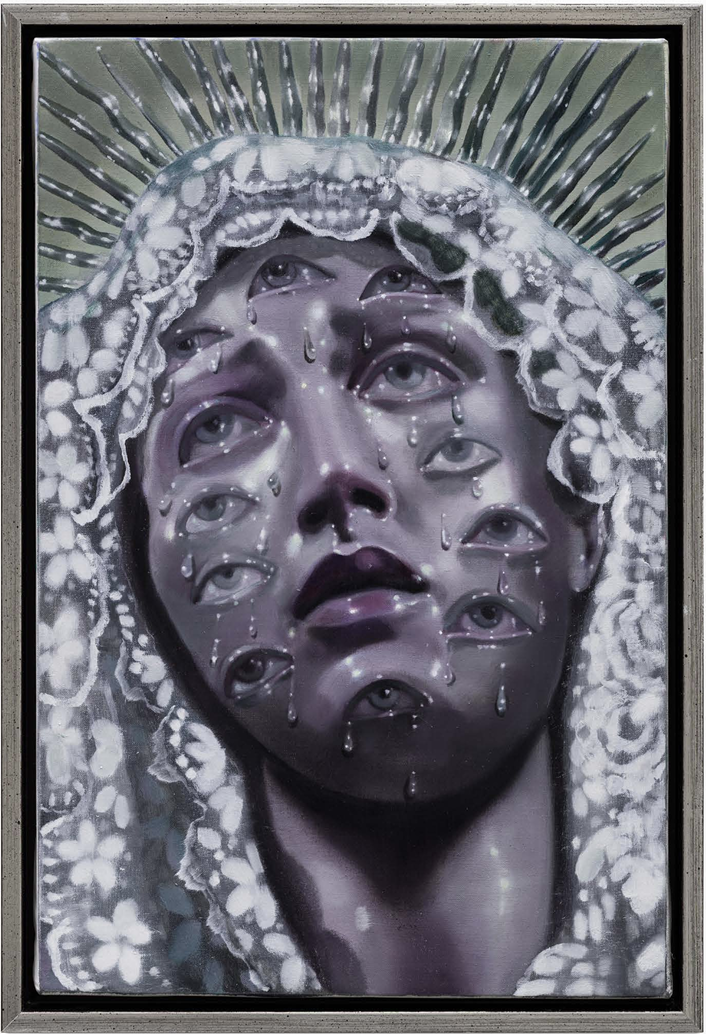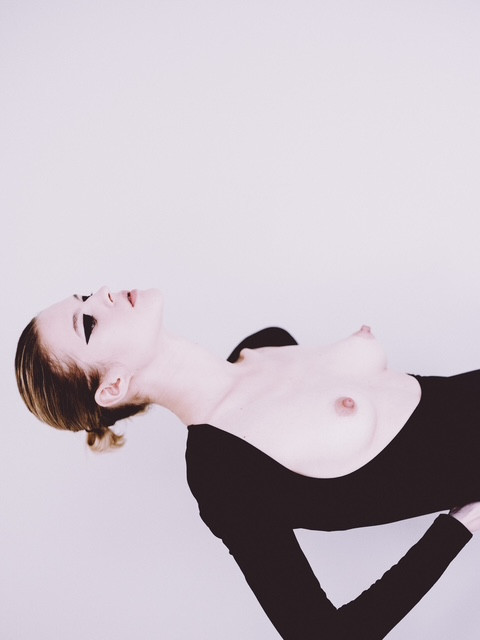Good Fences Make Good Neighbors

Can movement through space be taken for granted? Indeed it can.
Weiwei uses his exhibit, Good Fences Make Good Neighbors, as direct confrontation of the global refugee crisis, focusing on the urge to construct fences upon borders, thus impeding the flow of bodies through what once was open air.
Bus stops are encased in perforated steel structures so deceptively simple they could easily go unnoticed. Streetlamp banners in black vinyl hang in the hundreds throughout the city depicting faces of famous immigrants and exiles - the images produced by perforation, the faces emerging and disappearing depending on the angle of the approach, the light, the distance. The same strategy of perforation used on shade canopies at Essex Market - at the right time of day the sun creates shadows of the images on the sidewalk, mythic and historical migrations breaking way upon the pavement. Screens and ad-space in subway kiosks project iPhone-captured footage of Weiwei’s experience in refugee camps, concurrent with the release of his documentary, Human Flow.
The stars of this citywide exhibit occur in three: two birdcage-like structures in Central Park and Washington Square, and an enormous circular net surrounding the Unisphere in Queens. Gilded Cage in the Doris C. Freedman Plaza in Central Park plays a wondrous trick on the viewer: it creates the desire to enter the circular surrounding portion of the cage which is entirely inaccessible, but which contains the interlaced turnstiles typical of subway thresholds that would make it seem it is meant to be walked through. A prison, a jungle gym, a dandelion-colored cage creating a yearning to enter that which cannot be entered: playfulness has been here subverted, urges dashed like those of would-be migrants withheld by humanity’s insistence on borders.
Arch plays a different trick, the stainless steel cage informed by the shape of the iconic archway in Washington Square, the cage pierced by a shimmering tunnel in the shape of the silhouette of two larger-than-life figures leaning on one another, the two dimensional cutout extended in mirror-polished steal that creates a funhouse effect when walked through. Weiwei himself frequented this park in his younger days, as well as one of his great influences, Marcel Duchamp, from whom he borrowed the shape of the silhouetted tunnel and who also played chess in Washington Square in ages past.
It was entirely appropriate that the press conference included a bus tour, a kind of adult field trip complete with snacks to calm our grumbling bellies. When stopping to observe one of the sculptural bus stops, chirping children in florescent vests hopping over a puddle and being shepherded across the street to the park were a kind of perfect backdrop to the artwork, which is intentionally enmeshed in the fabric of the city.
Same for Circle Fence, an infinity net which molds around metal circles and isosceles triangles reminiscent of a playground, at its lowest point a hammock, at its highest a barrier, encircling the breathtaking Unisphere, all of it backgrounded by the cheerful twinkling of an ice cream truck - some of the press succumbing to temptation. The temptation to lie down upon the net was succumbed to by nearly all; and again this desire to enter the tube of the netting, to climb within the obstacle course, again the solemn reality of its impossibility - an incredibly successful minimalist sculpture crystallizing the feeling of restriction imposed by a border, while simultaneously celebrating a planetary unity and child-like playfulness. The choice of Queens was important; they say it is the most diverse urban neighborhood on Earth, after all.


